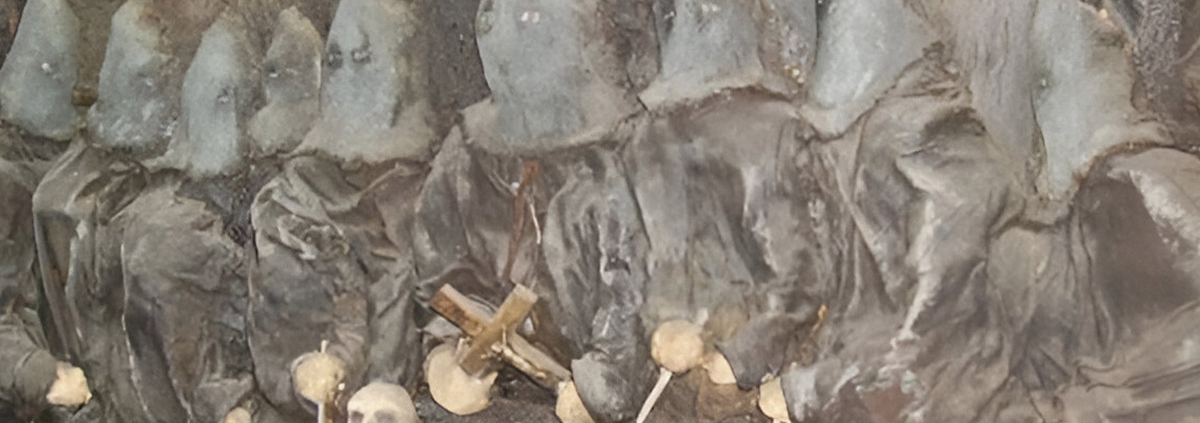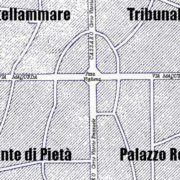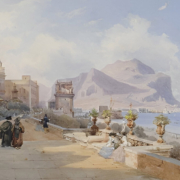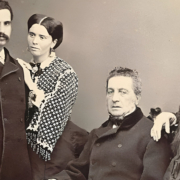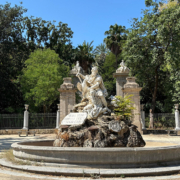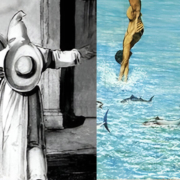Beati Paoli: The Legend of The Secret Sect of Palermo
I Beati Paoli: The Legend of Palermo’s Secret Sect
In the heart of Palermo, among the narrow alleys and dark underground tunnels of the Capo district, lies one of the city’s most fascinating and mysterious legends: that of the Beati Paoli. This story, shrouded in myth and passed down through generations, tells of a secret sect that, operating in the shadows, administered justice against the powerful and defended the oppressed. A mix of historical truth and popular fantasy, the legend continues to captivate the collective imagination of Palermitans and beyond.
The Origins of the Legend
The story of the Beati Paoli has its roots between the 17th and 18th centuries, a time when Sicily was under Spanish rule. According to legend, the Beati Paoli were members of a secret brotherhood that met in Palermo’s underground to discuss and act against the injustices perpetrated by the local elites, often corrupt nobles or officials.
The name “Beati Paoli” could derive from “Paolo,” understood as the protector of the poor, or from the cult of Saint Paul, but there are no historical sources that confirm this origin. What is certain is that the sect has become a symbol of popular resistance against oppression and injustice.
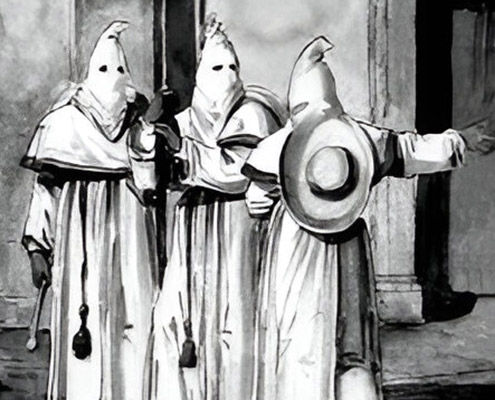
Luigi Natoli’s Novel: The Birth of a Myth
The myth of the Beati Paoli was immortalized and made popular thanks to Luigi Natoli’s novel “I Beati Paoli,” published in serial form between 1909 and 1910 under the pseudonym William Galt. This historical novel was a huge success and helped spread the legend not only in Palermo but throughout Italy.
Natoli portrays the Beati Paoli as a sort of “masked avengers” who moved through the labyrinthine underground tunnels of the city to exact revenge on wrongdoers who escaped official justice. The novel, rich in suspense and twists, fueled the popular imagination, creating an epic and romantic narrative of this secret brotherhood.
The Underground of Palermo: The Beati Paoli’s Lair
One of the most fascinating aspects of the legend of the Beati Paoli is linked to the places where their secret meetings allegedly took place. Palermo, a city with ancient origins, is crisscrossed by a network of tunnels and catacombs that extend beneath the historic center. These underground passages, once used as escape routes or shelters during sieges, were said to be the setting for the Beati Paoli’s meetings.
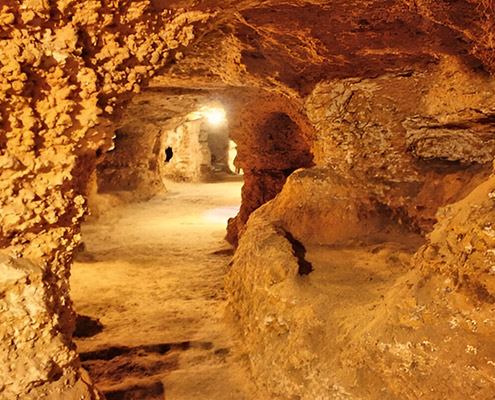
The Capo district, in particular, is one of the key locations of the legend. Here, among the alleys and narrow streets, you can find entrances to the underground tunnels that, according to tradition, led to the sect’s secret headquarters. These places, shrouded in mystery and silence, evoke a suggestive and slightly eerie atmosphere, making them perfect for fueling stories of secret plots and revenge.
Today, some of these underground passages can be visited through organized tours that offer the opportunity to explore a hidden and fascinating side of the city. These guided tours allow visitors to immerse themselves in the myth of the Beati Paoli, retracing the steps of the legend’s protagonists.

The Truth Behind the Legend: Fact or Fiction?
One of the most intriguing aspects of the Beati Paoli story is the difficulty in distinguishing between reality and fiction. While some sources suggest that there may have been a group similar to the one described in the legend, there is no concrete historical evidence to confirm its existence. It’s possible that the legend arose as a way to romanticize or justify acts of vigilante justice carried out during a time of great instability and corruption.
Sicily at the time was a place where official justice was often ineffective, and people might have been tempted to rely on alternative forms of justice, such as that represented by the Beati Paoli. However, the lack of historical documentation means that the story remains shrouded in mystery, a fascinating mix of truth and invention.
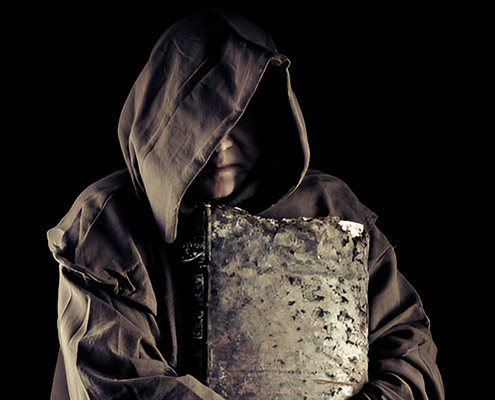
The Beati Paoli’s Legacy in Popular Culture
Despite the historical uncertainties, the legend of the Beati Paoli has left an indelible mark on Sicilian popular culture. In addition to Natoli’s novel, the story has inspired numerous films, plays, and television series, helping to keep the myth alive.
Furthermore, the Beati Paoli are often cited in contexts related to the fight against injustice and crime, becoming a symbol of rebellion and resistance. In contemporary Palermo, the legend is still very much alive, especially in the oral stories passed down from generation to generation.
Conclusion: A Myth That Continues to Live On
The legend of the Beati Paoli is one of the most fascinating elements of Palermo’s cultural heritage. Whether it is historical truth or pure invention, this myth continues to exert a strong allure, captivating the collective imagination and offering a fascinating glimpse into the city’s history and culture.
For those visiting Palermo, exploring the sites associated with the Beati Paoli is a unique way to connect with one of the city’s most enigmatic stories. Whether you’re a history enthusiast, a mystery lover, or simply curious to learn something new, the legend of the Beati Paoli will capture your imagination and offer an unforgettable glimpse into a different Palermo, hidden in its depths and ancient tales.
In the end, the Beati Paoli represent a perfect example of how myth and reality can intertwine to create a powerful and enduring narrative, capable of transcending centuries and continuing to live on in the collective memory of a people.

